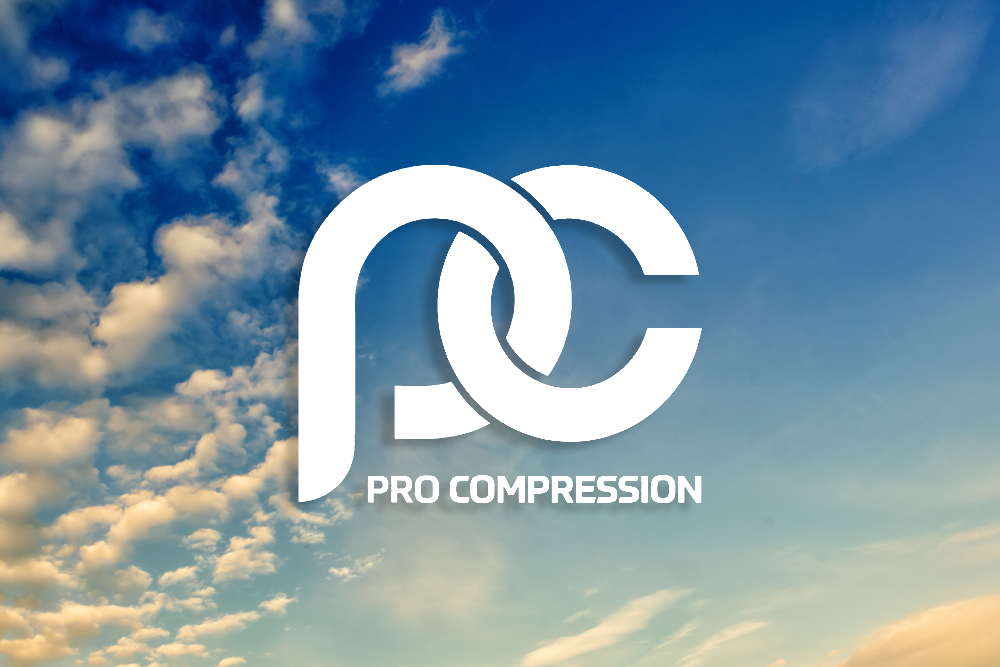Building a cumulative advantage is a process that requires precision and perseverance. In Part I, we discussed the importance of becoming popular early and some methods that have proven effective, and we also addressed consumers as creatures of habit, stressing the significance designing your brand experience for habit. The evolution of technology is responsible for creating new consumer habits – for our purposes, digital habits. In this segment, we’ll address these habits, discuss the dilemma of changing your brand, and conclude with how to effectively communicate with your following.
Digital habits have created new opportunities for companies to employ the aforementioned tactics. Facebook is the most common example. The interface, while slightly altered to enhance the viewing experience, has maintained the same design and color scheme since its inception. Consumers can identify a Facebook page from a mile way, because the layout is just that – identifiable. Consumer behaviors are quite possibly the most valuable metrics a marketer can study. This information identifies trends, indicating how consumers spend their time while online. Regarding traditional marketing and advertising methods – TV, radio, print, etc. – brands must rely on antiquated methods, like surveys, to obtain similar data. With advances in technology, the analysis of consumer behaviors (digital habits) forms a more definitive roadmaps.
Enter the phenomenon of retargeting. Retargeting is a form of digital, targeted advertising by which online advertising is targeted to consumers based on their previous internet actions. Essentially, consumers view products and services on social media and across the internet, and then the ads follow them around, as to appeal to consumer habits and impulses. Have you ever viewed a pair of shoes on Amazon and then noticed the same pair of shoes popping up on Instagram and Facebook? You’ve been retargeted. Because the interfaces of these service providers appeal to consumer habits, advertising and retargeting efforts become white noise. We know they’re there, but they’re not bothersome. This is only achieved when consumers feel comfortable.
So, what happens when a brand feels it’s time to make a change? As discussed in the first entry in our series, The Art of Balance, it’s time to innovate inside the brand. Through dynamic marketing efforts and tireless analysis, you are well on your way to building a cumulative advantage over the competition. You’ve become popular. You’ve designed your brand to appeal to consumer habits. Now, all you have to do is keep it simple. Yet still, some brands choose to shake things up and make changes to attract new customers, which often times results in breaking the consumer habits you’d worked so hard to establish.
Technology is breathing down the necks of brands all the time. It whispers, “Stay relevant. Keep with the times. Update your logo. Try something new.” Technology is an invaluable asset to brand strategy, but it can also mean a brand’s demise. To avoid pitfalls of change, play it safe – innovate inside the brand. Facebook vs. Myspace Similar platforms. Similar functionality. So what happened to MySpace? Why did Facebook become the phenomenon it is? Answer: innovating inside the brand. In 2008, Facebook overtook MySpace, boasting 600 million users, for one simple reason. Facebook let the market dictate where it went and innovated inside the brand. On MySpace, users could modify and customize their profile pages. So, all user pages were different.
If you remember a few paragraphs back, we discussed the importance of consistent design and branding. Facebook listened. All user profiles look the same, and users are given the freedom to do what they like within the standard interface. At a bird’s eye view, MySpace tried to dictate the market, made too many changes, and gave their users too many freedoms to create a cumulative advantage. Facebook continues to innovate inside their brand, constantly adding features like Live video and new apps, and in turn, they have developed an entire subculture within their business model. Change consistently, and you can consistently change.
Lastly, communication should be clear and concise. Don’t make consumers think too hard about your brand and the services offered. We live in a world that moves very quickly. The attention span of your target audience is limited. Capture their attention directly, and be clear in your messaging to complete the cycle of cumulative advantage. There is a tendency in today’s advertising climate to be artful and complex, but then, the power shifts and your brand’s success will be contingent upon the attention of the consumer. Cumulative advantage is not a new concept, but the habits of consumers have changed and will continue to change. If content is king, convenience is its high-maintenance queen.
The most successful brands continue to find innovative ways to answer an age-old question – how do we offer the best resolution to a problem? While some argue that cumulative advantage is a non-factor, negated by accessibility to technology, I’d argue that technology can and will bolster the process of building a competitive edge, when coupled with thorough analysis and careful implementation. It’s time to pay closer attention to the way consumers want to receive information.
To review: Become popular. Everybody loves “FREE.” Design your brand to cater to the habits of your target audience. Change can make or break your brand. When necessary, innovate from within. Communication is paramount, but keep it simple with clear and concise messaging. Brand responsibly.
By Allan Levy
April 6th, 2017




